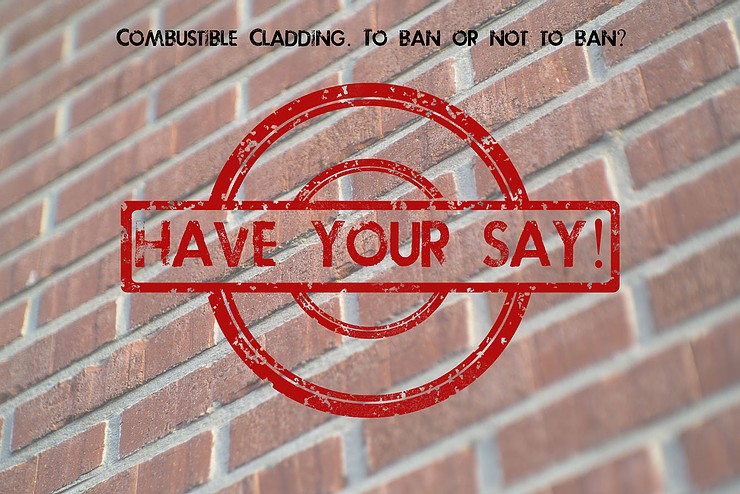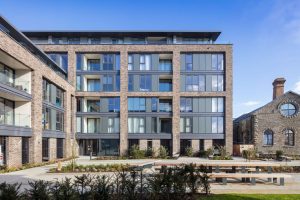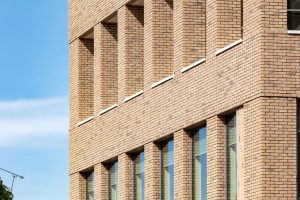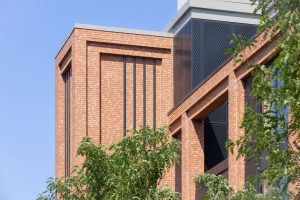The tragic loss of life as a consequence of the fire at Grenfell Tower in 2017 will forever be etched in the hearts and minds of our generation.
Whilst the Moore-Bick Inquiry continues to investigate what led to the fire and what happened on that terrible night, the review and subsequent report by Dame Judith Hackitt was released in May 2018.

The Hackitt Report is 159 pages long and worryingly much of its content has been ignored because, it would seem, it didn’t recommend an outright ban on all combustible cladding. The Housing Minister Dominic Raab recently stated that it was unlikely many MPs had read the report because it was “very long”! So, who is reading it and what was the point of it?
The Report studied examples from many different countries and identified that prescriptive controls alone are not adequate to ensure the effectiveness of a regulatory framework and can become a box-ticking exercise that is not necessarily safe – potentially resulting in high compliance costs. It proposes that a new simpler, more effective and outcome-based regulatory framework, which uses verification methods, eg tests or calculations, will drive the right behaviours and create an environment with incentives to do the right thing – with the end product and its users in mind. When the report was released, Dame Judith is quoted as saying that ‘perpetual governments have fallen into the trap of providing more prescription rather than forcing the industry to take responsibility’. She also said that ‘people think that banning cladding will fix the problem. it won’t. It is a broken system.’
It is absolutely right that the recently-appointed Secretary of State for Housing, Communities and Local Government, James Brokenshire has ‘listened carefully to concerns’. Of course, there are concerns – no-one should live in their home with the fear that they are not safe so of course the government should consult. He also stated that ‘the government will consult on banning the use of combustible materials in cladding systems on high-rise residential buildings’. But is a ban an appropriate response? Our current government should not make the same mistakes of previous governments, as identified by Hackitt. Many think that a ban would be akin to trying to stop blood from a gaping wound with a sticking plaster as it is not the solution to the question of why did The System allow it to happen.
The combination of materials used to insulate, clad and make watertight Grenfell Tower had not been tested on a large scale. The most robust test method we currently have available is the BS8414 standard and when the combination of materials was tested after the fire at Grenfell it failed to meet the BR135 criteria and the test was stopped within 9 minutes. Some have questioned the robustness of the BS8414 test but we are not aware of any loss of life as a result of a fire in a building that has used materials that, when combined, have successfully been tested to this test method. We are however aware of a number of buildings that have been clad with our Gebrik brick cladding system where a fire has broken out of a window and the damage remained minimal and localised. We must not lose sight of the fact that the term ‘combustible cladding’ is broad and can be used to describe materials that melt – significantly contributing to fire spread and also materials that char and vaporise – with far less contribution to fire spread.
A ban on combustible cladding will affect all materials that have been tested to BS8414 and achieved a BR135 classification, as the purpose of the test is to demonstrate the fire performance of materials that are classed as combustible, i.e. they are neither A1 or A2 rated (non- or of limited combustibility). internal and external fire spread, in addition to system collapse, is assessed and the test is widely recognised to be one of the most robust in the world.
It is important that decision-makers in our industry understand that the EN13501 test method defines that any organic material, eg wood-based or oil-based cannot be A-rated, no matter what is added to it to make it more fire retardant. This means that should a ban be imposed on combustible cladding, all foam-based insulation, plastic fibre-based composites and timber-based walling and cladding materials for example, will not be available for use on buildings >18m.
Some of the consequences are:
-
choice will be reduced
-
building costs are predicted to rise by over £60/m2 (according to recent research by Arcadis)
-
Walls will be thicker and heavier
-
buildings may be less sustainable
-
proven, cost-effective and highly tested and developed solutions such as Gebrik and Kingspan Kooltherm will no longer be usable on ‘sweet spot’ types of construction over 18 metres – neither would cross-laminated timber (CLT) or many types of brises soleil and balcony solutions that are newer to market but no less effective.
-
alternative solutions will take time to be tested and certified
-
new solutions lack a proven history of success during installation and in use.
Therefore, if costs rise and buildings become less sustainable how do we build thermally efficient, affordable houses for future generations? It will be a challenge to address fuel poverty. Shouldn’t we also consider the risk of a ‘pariah-like’ status for all materials deemed to be combustible, regardless of height? What will be the impact on the value of any building that is clad in combustible materials, regardless of height but has met the test criteria and therefore deemed to be safe? How will the property valuation, legal and warranty professionals respond to our building stock if combustible materials have been used?
We support the consultation and also acknowledge that using products which are non- combustible or of limited combustibility is a lower risk option than undergoing a full system test. Building tunnels, bridges and tall buildings is also risky but with good engineering they are built and used safely. Of course, it requires skill and knowledge to make risk assessments and we believe that our industry is not so bereft of ability that it requires a government ban. Hackitt’s solution requires strong leadership and a culture change in the construction industry. We share that conclusion and believe that outcome-based solutions are what is required – not the prescriptive approach of an outright ban on combustible cladding.
We’ve responded to the government consultation process – have you? If not, it’s not too late – the deadline for responses is 14 August 2018. Once closed, the department will consider all the comments received and provide a response as soon as possible. You can respond online and it shouldn’t take more than 15 minutes to complete. It is accessed by following this link https://www.gov.uk/government/news/james-brokenshire-publishes-consultation-on-banning-combustible-cladding




